Urban SDK vs. StreetLight Data
Trusted by state agencies and local governments


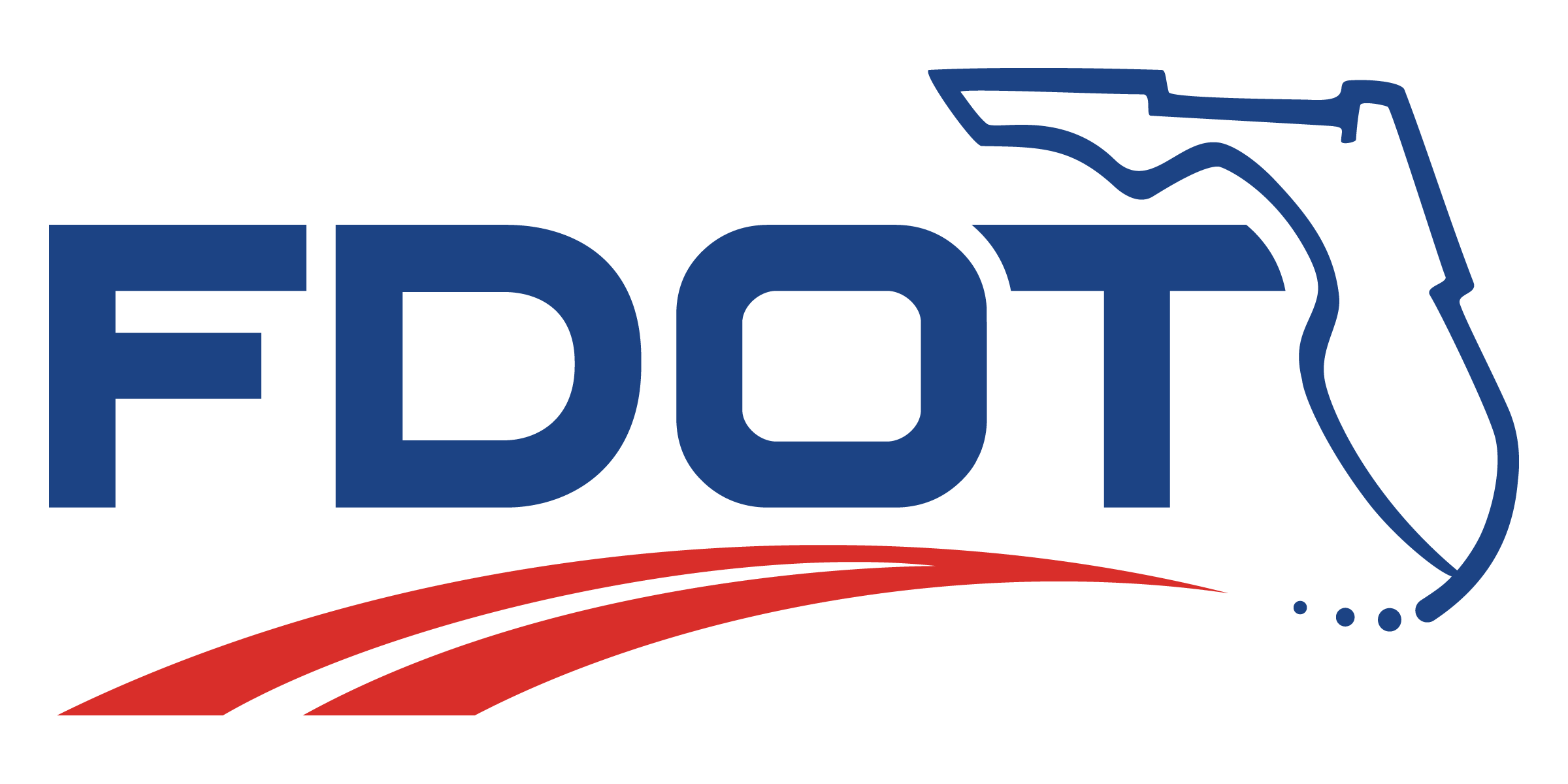

What's the difference between Urban SDK
and StreetLight Data?
Urban SDK and StreetLight Data both provide traffic data insights using big data. However, there are some significant differences to consider when deciding between StreetLight Data and Urban SDK.
%20copy-1.png?width=300&height=89&name=UrbanSDK_primary_logo_horizontal_bue%20(1)%20copy-1.png)
|
 |
|
| Software Platform |
⭐⭐⭐⭐⭐ Urban SDK's software enables users to access, view, store, and report on roadway data all inside its cloud-based platform. |
⭐⭐⭐ StreetLight Data is a desktop platform that provides customers with data exported into CSV for analysis on other platforms. |
| Data and Analytics |
⭐⭐⭐⭐⭐ Urban SDK provides speed data and congestion data. Customers also receive reporting analytics like 85% and 95%, and travel delay metrics. |
⭐⭐⭐⭐⭐ StreetLight Data is primarily used for AADT estimation and origin-destination analysis. Data comes from connected vehicles, INRIX, and mobile apps. |
| GIS and Reporting |
⭐⭐⭐⭐⭐ All your data and insights can be viewed on a GIS map inside Urban SDK's platform. You can also upload and merge all your own datasets onto a fully customizable map. |
⭐⭐⭐⭐ StreetLight Data's platform has maps for analysis, but reporting data is delivered in exportable CSVs to be shared in spreadsheets and 3rd-party mapping softwares. |
| Data Processing and Storage |
⭐⭐⭐⭐⭐ Urban SDK's data is updated monthly. Customers can store all their own data inside the platform to free up server and storage costs. |
⭐⭐⭐ StreetLight Data quickly processes data within a customer's desired boundaries. There is no hub to upload, merge, or store data. |
| Best For |
Cities/Counties with a population +10K, Public Works officials, Traffic Engineers, City Planners, Depts. of Transportation. |
DOTs and MPOs with large budgets for multimodal planning, Engineering consultants studying travel patterns. |
Why Choose Urban SDK Over StreetLight Data
Deciding between Urban SDK and StreetLight Data? There are several areas where Urban SDK makes better sense for your organization than StreetLight Data.
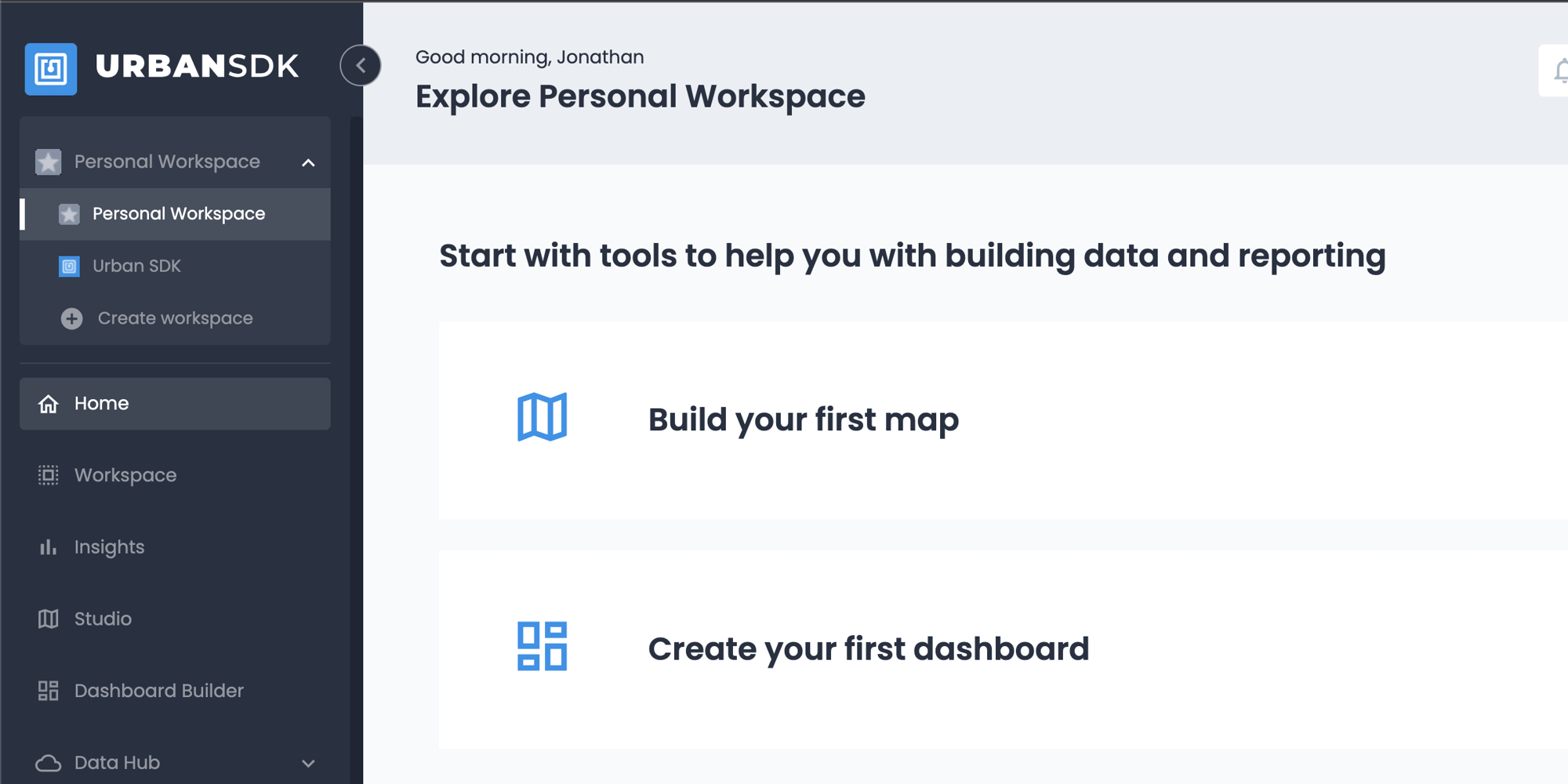
More robust visualizations
Not only does Urban SDK provide you with enriched data and performance measures, you also receive a fully customizable, data-agnostic GIS studio to integrate all your data and layer on new GIS maps.
Precise speed data insights
Urban SDK cuts through all the noise of your data and only delivers the insights you need, such as 85%, 95%, and average speeds. StreetLight is more used for roadway volumes on busy streets.
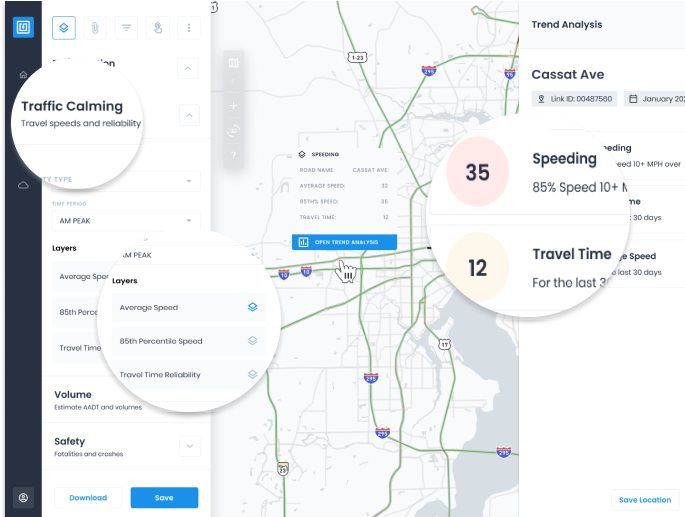
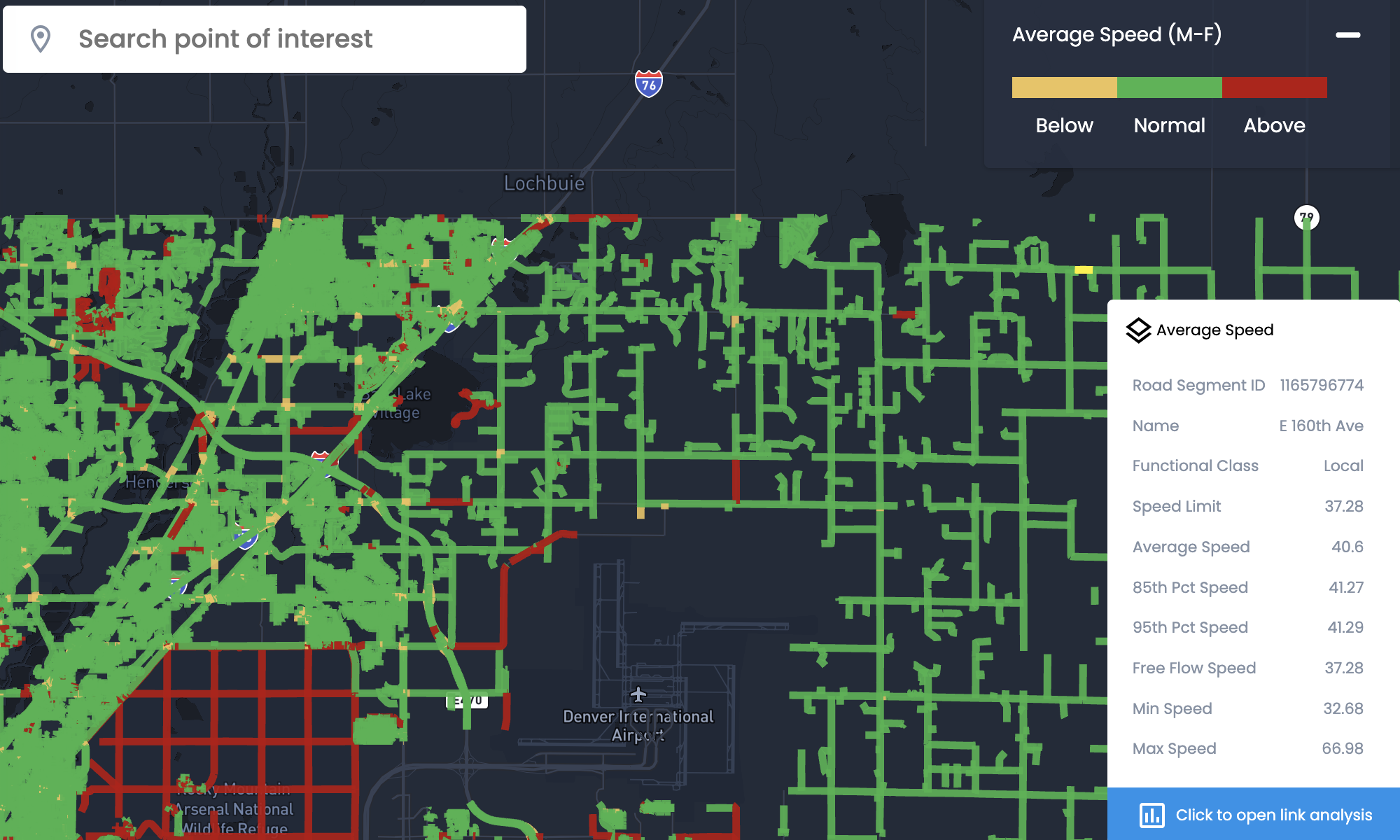
A superior reporting tool
Urban SDK was created by planners and engineers as a tool to deliver accurate insights and fast reporting. Share embed links of your maps, print PDFs of reports, and collaborate internally within your account. StreetLight delivers this info in an exportable CSV.
Complete software platform
Urban SDK provides a complete suite of tools, such as a Data Hub for storage and access, a GIS Studio that enables you to create custom maps, and automatic traffic insights displayed on roadways. StreetLight Data's platform has quick data access, but little in the way or storage or ongoing analysis once you've pulled the data.
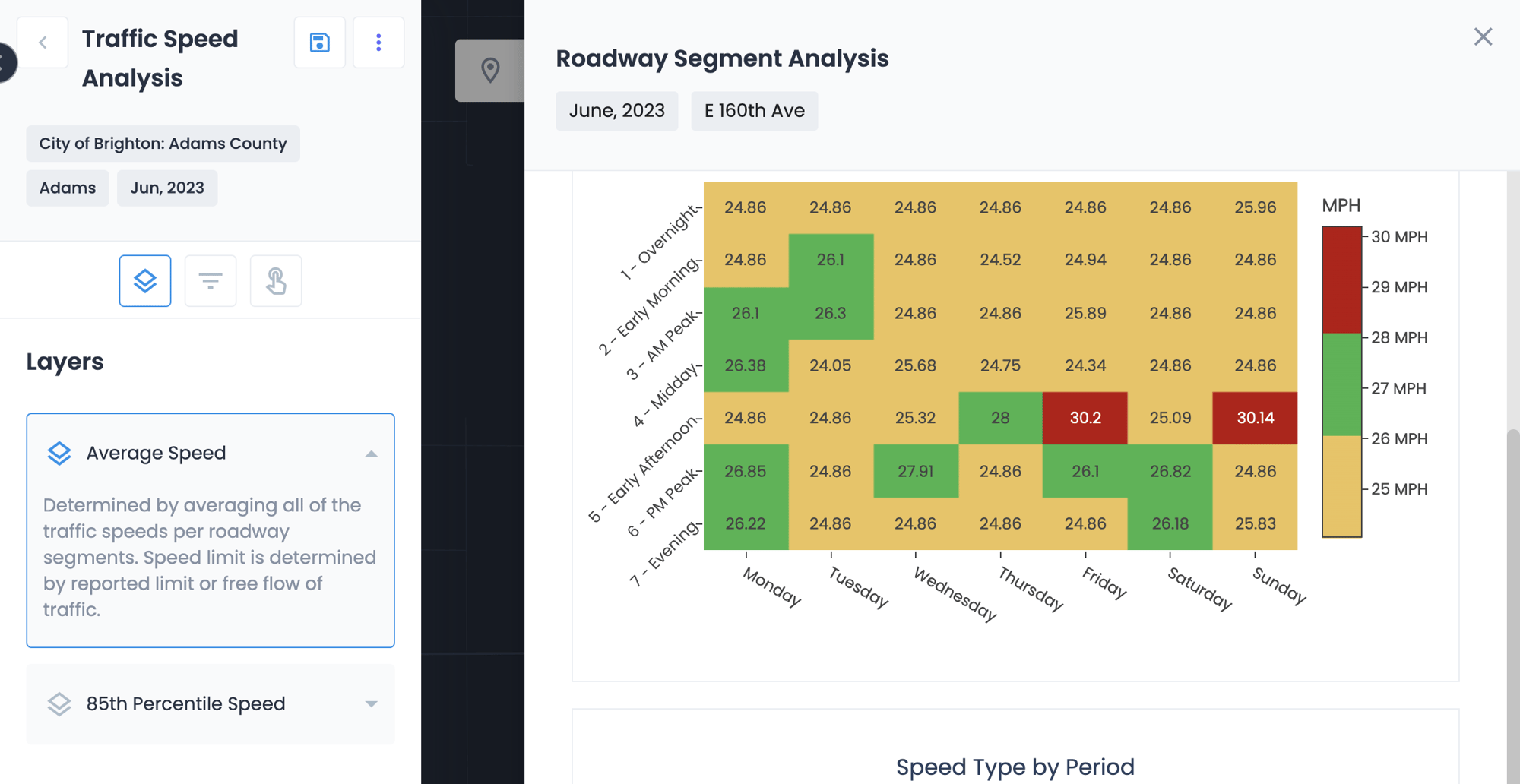
See all the speeds and traffic trends on your roadways with Urban SDK. Save time on data collection, analysis, and reporting to your communities. Schedule a demo to get a free trial today.
What G2 Users Say About Urban SDK
"Best Tool for Data Analysis! We highly recommend this tool for analyzing your data."
“Very timely service with an easy to use interface. Excellent response to issues and graphic display of data.”
“What you guys have done for performance measures and the dashboards looks the best out of everything [we] have seen”
Urban SDK is an industry leader that provides governments with a system of record. Check out our reviews on G2 to see exactly what our customers have to say about using our software platform.
Watch a Demo
See what Urban SDK's traffic management software looks like and how you can use it today.
See How Urban SDK Works for You
We'll setup an account for your city or county with one month of free data.
